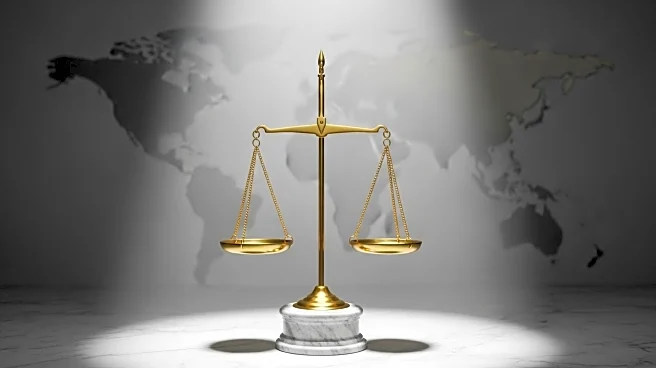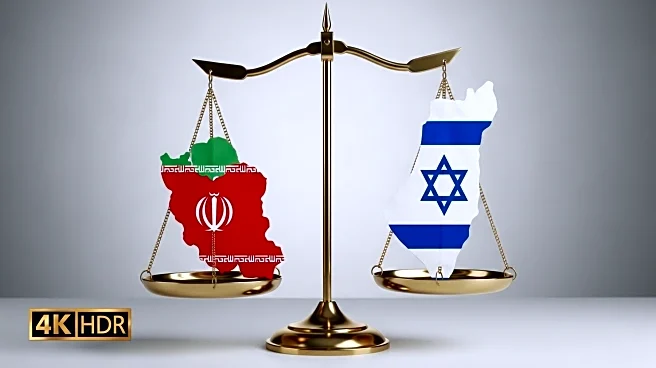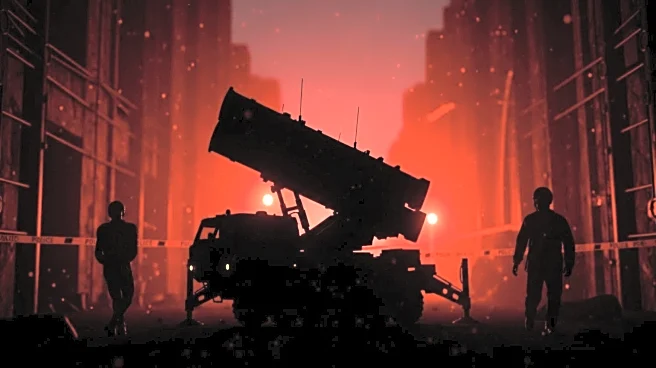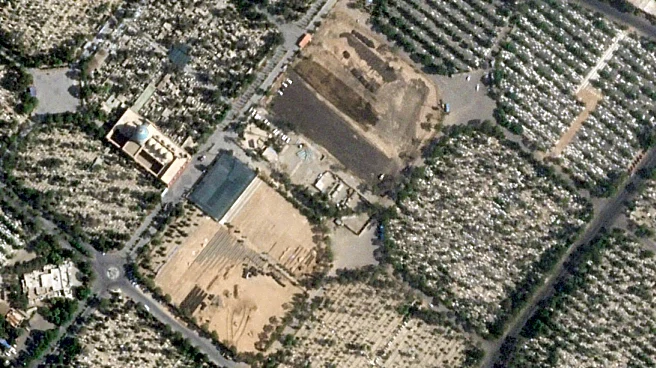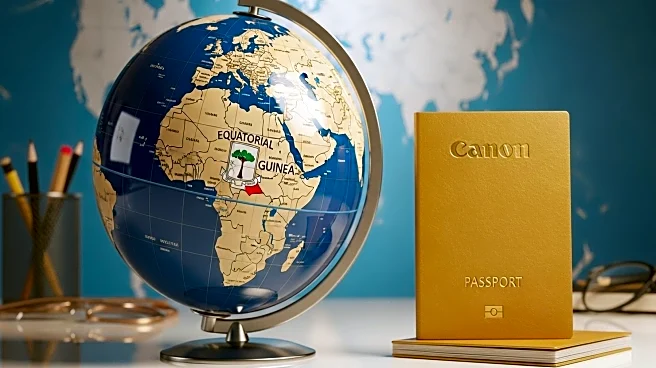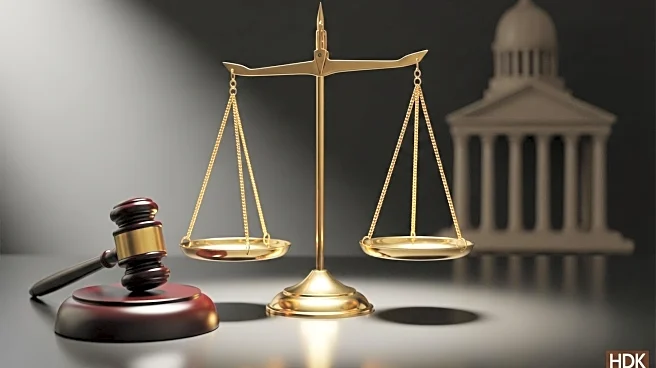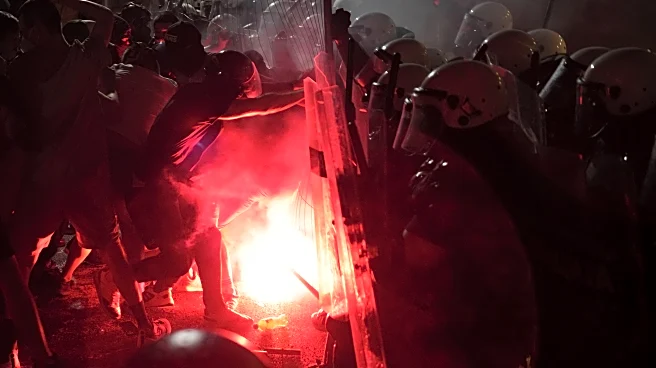What is the story about?
What's Happening?
Iranian authorities have paved over Lot 41 at the Behesht-e Zahra cemetery in Tehran, a site historically used for mass burials following the 1979 Islamic Revolution. Satellite images show construction of a parking lot over the graves, which has sparked criticism from human rights groups and legal experts. The site has been monitored for dissent, and previous grave markers have been vandalized. The decision to repurpose the land is seen as an attempt to erase evidence of past executions, according to a United Nations special rapporteur. Tehran's deputy mayor and the cemetery manager have acknowledged the plans, citing the need for parking space. Critics argue the move violates Iran's regulations requiring family consent for repurposing burial sites.
Why It's Important?
The conversion of Lot 41 into a parking lot raises significant human rights concerns, as it may be part of a broader effort to erase historical evidence of political repression. This action could impact the families of those buried there, who are seeking justice and accountability for past atrocities. The decision also highlights ongoing tensions between Iranian authorities and dissident groups, potentially affecting Iran's international relations and its image regarding human rights practices. The move may further alienate Iran from global human rights organizations and could lead to increased scrutiny and criticism from the international community.
What's Next?
The repurposing of the cemetery site may lead to legal challenges from families and human rights organizations. There could be increased pressure on Iran from international bodies to halt the destruction of historical sites linked to political repression. The controversy might also fuel domestic dissent and protests, as citizens demand accountability and transparency from their government. The situation could escalate if further evidence of grave destruction emerges, prompting more significant international intervention or sanctions.
Beyond the Headlines
The decision to pave over Lot 41 reflects broader cultural and political dynamics within Iran, where historical narratives are often contested. The erasure of burial sites may be part of a strategy to control public memory and suppress dissent. This action could have long-term implications for Iran's cultural heritage and collective memory, affecting how future generations understand their country's history. The move also underscores the challenges faced by minority groups and dissidents in preserving their history and seeking justice.
AI Generated Content
Do you find this article useful?




